
Sumai (Sumay)
Sumai/Sumay’s history dates before the Spanish colonial period, although not much is known about its pre-contact history. Findings in a cave complex in the old

Sumai/Sumay’s history dates before the Spanish colonial period, although not much is known about its pre-contact history. Findings in a cave complex in the old

Maga’låhi Yula (also spelled Hula or Yura) was a chief from the village of Apotguan in Hagåtña, who is best known for sparking a Chamorro/CHamoru
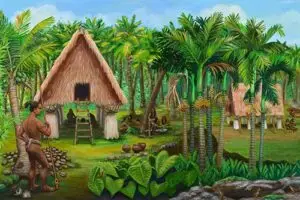
Maga’låhi Tolahi (also spelled Tetlaje or Torahi) was a chief from Tachuc (immediately south of Malesso), who fearlessly led the southern villages in resistance to
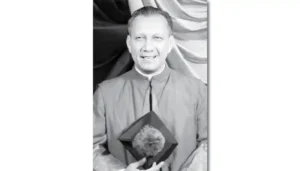
CHamoru patriot priest. On 10 January 1942, all foreign Catholic missionaries in Guam were sent by the Japanese occupying forces to prisoner of war camps
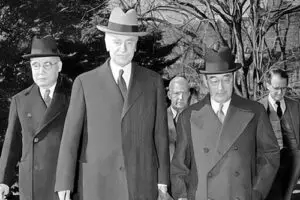
Saburu Kurusu, diplomatic pouch in hand, stepped off the Pan American Airways Clipper at Sumay while rumors persisted in Guam that war with Japan was
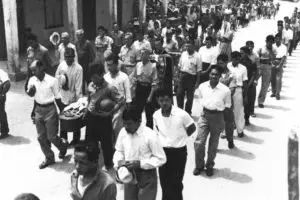
While remembrance of World War II atrocities against the CHamorus occur every year for the massacres at Fena in Sånta Rita-Sumai and Faha and Tinta

One of the worst atrocities that took place at the end of the Japanese occupation of Guam during World War II was the Manenggon concentration

The Fena Caves Massacre occurred on 23 July 1944, shortly after American troops invaded the island on 21 July, when Japanese soldiers killed more than

On July 15 and 16, 1944, with the American forces approaching Guam near the end of the Japanese occupation of the island in World War
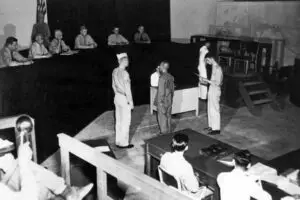
Some months before the end of the Pacific War, the US Navy impaneled a war crimes commission for Guam. The responsibility of the commission, a